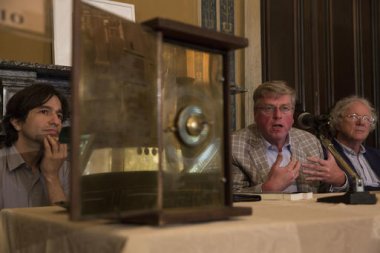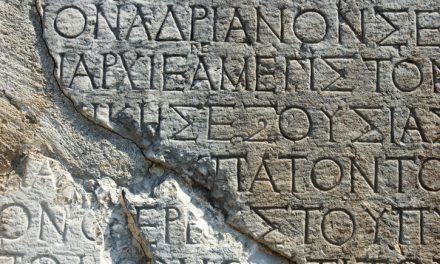For the first time after the discovery in of the 2,100-year-old Antikythera mechanism over a hundred years ago in an ancient shipwreck off the southwestern Aegean isle of Antikythera, a complete rendering of all the inscriptions found inside this mechanism, often described as an ancient astronomical calculator, was unveiled in Piraeus last week (9.6), at the Aikaterini Laskaridis Foundation.
After decades of research and decoding about 3,400 characters on its surviving surfaces the “Almagest” scientific journal team and the Antikythera Mechanism Research Project presented “The inscriptions of the Antikythera Mechanism” publication. Those following the story of the Antikythera Mechanism, may already know that the mechanism, has been described as a primordial analog computer used to predict astronomical positions and eclipses for seasonal and astrological purposes. Nothing of the sort was known to be made for well over 1,000 years. And yet, the exact function of the mechanism proved a tantalizing puzzle, since the few words deciphered on the fragments of the instrument were generating more questions than answers.
In its prime, about 2,100 years ago, the Antikythera Mechanism was a complex, whirling, clockwork instrument comprising at least 30 bronze gears bearing thousands of interlocking tiny teeth. Powered by a single hand crank, the machine modeled the passage of time and the movements of celestial bodies with astonishing precision. The sum of all these moving parts was far and away the most sophisticated piece of machinery found from ancient Greece. Nothing like it would appear again until the 14th century, when the earliest geared clocks began to be built in Europe. The ancient Greeks came dazzlingly close to inventing clockwork centuries sooner than really happened.
In the course of last Thursday’s presentation, the study group of the enigmatic object was able to present the overall analysis of the inscriptions inside the Mechanism, with the findings being the result of an international research effort that took place in the past 10 years. The audience were informed about the new data obtained from the decoding the inscriptions ‘hidden’ in the folds of the facility, revealing a whole universe in the gears of the ancient device. It was agreed by all speakers at the event that the mechanism can be regarded as the “oldest computer” which gave the owner the ability to foresee with accuracy the phases of the moon, the position of the sun and the moon in the zodiac, the position of the planets, to predict eclipses as well as the motion of celestial bodies.
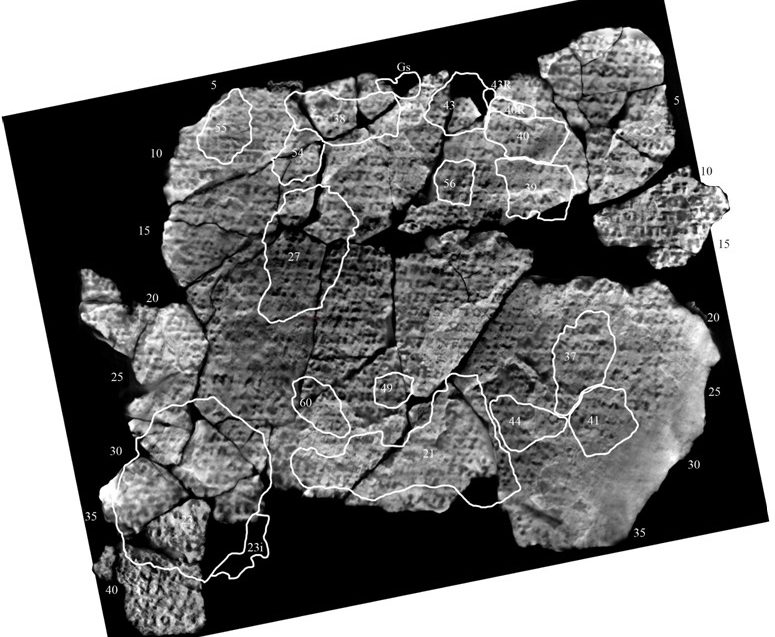
In his remarks, Yanis Bitsakis, Physicist and Historian of Science and Technology at the University of Athens and the Institute of Historical Research at the National Hellenic Research Foundation, made the introduction to the Mechanism and the reading of the inscriptions, explaining that on one side of the device was a handle and by turning that, the whole mechanism was set in motion. By choosing a date, one was able to read the astronomical phenomena that occurred around the Earth. The Mechanism was identified as an astronomical mechanical instrument since its first discovery in 1902 by Spyridon Stais, Minister of Education at the time, who noticed that in one of the findings there was a toothed wheel that read “Aphrodite” and “Helios”. By 1972, 923 letters and numbers had been successfully identified and today scientists have already deciphered 3.400 characters, which is a quarter of the original. In fact, the research team has been able to put together complete sentences that help understand its functions, consisting of a sort of “manual” as regards the use of the Mechanism.
According to Alexander Jones, Professor of History at the Institute for the study of the Ancient World in New York University, “now we have the texts that you can actually read as ancient Greek, what we had before was like something on the radio with a lot of static”. Professor Jones spoke about the inscriptions of the Mechanism and their relation to ancient astronomy and explained the significance of being able to use that much detail coming from a period from which scientists know very little about Greek astronomy. “It was not a research tool, something that an astronomer would use to do computations, or even an astrologer to do prognostications, but something that you would use to teach about the cosmos and our place in the cosmos,” Jones said. “It’s like a textbook of astronomy as it was understood then, which connected the movements of the sky and the planets with the lives of the ancient Greeks and their environment.”
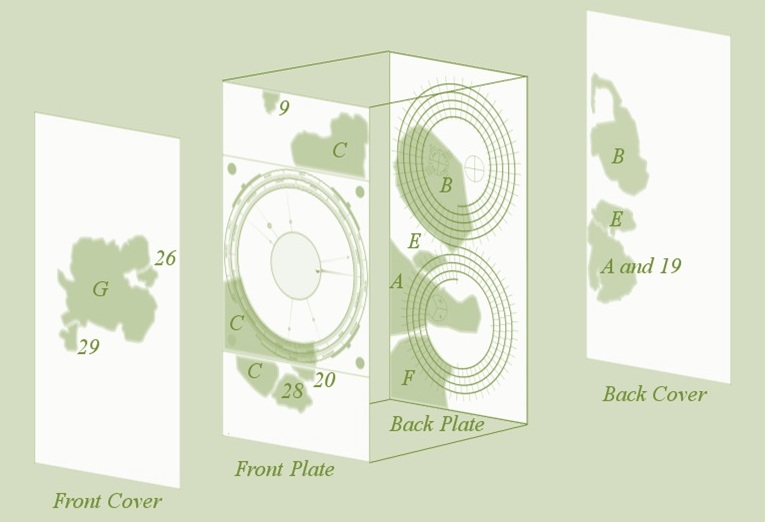
Agamemnon Tselikas Philologist, Palaeographer from the Center for History and Palaeography and responsible for the team that undertook the reading of the texts, spoke about the letters that were discovered through the incisions. Xenophon Moussas, Professor of Space Physics at the Faculty of Physics from the University of Athens, and AUTH Professor John Seiradakis, presented the interpretation of the Mechanism’s inscriptions by modern astronomy. Finally Mike Edmunds, Emeritus Professor from the School of Physics and Astronomy at Cardiff University gave insight on who might have built the Mechanism and why.
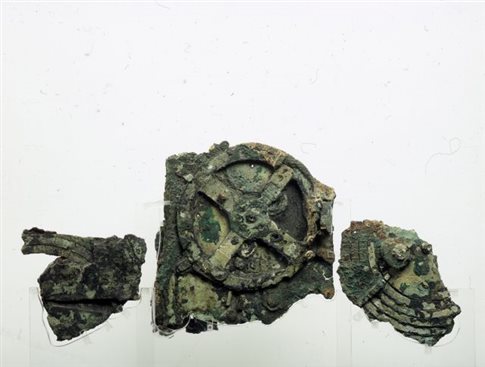
12 years ago, Jones’ and Edmunds’ team began using x-ray scanning and imaging technology to analyze the 82 surviving fragments in order to see how the mechanism works, a painstaking process given that most of the characters where less than 2 mm wide. As Professor Moussas argued, “this machine is the root of all civilization and of the entire technology. It is in fact, the oldest “tablet”.
These findings were also discussed this week (14.6) at special presentation of a functioning prototype of the mechanism “Antikythera Mechanism, the first computer of all times” at the Education and Culture Committee of the European Parliament.
Knowing more details about the functioning of the Antikythera Mechanism, the scientific community and the international audience are anticipating even more results from the research on the ancient Antikythera shipwreck, one of the largest ancients wrecks to date at about 50 meters deep on a steep underwater slope, that is being carried out by the Ephorate of Underwater Antiquities in cooperation with Woods Hole Oceanographic Institution.
Read also from Greek News Agenda: Shedding light on Antikythera Mechanism , Return to Antikythera
TAGS: ARCHEOLOGY | FESTIVALS | HERITAGE | SCIENCE & TECHNOLOGY

